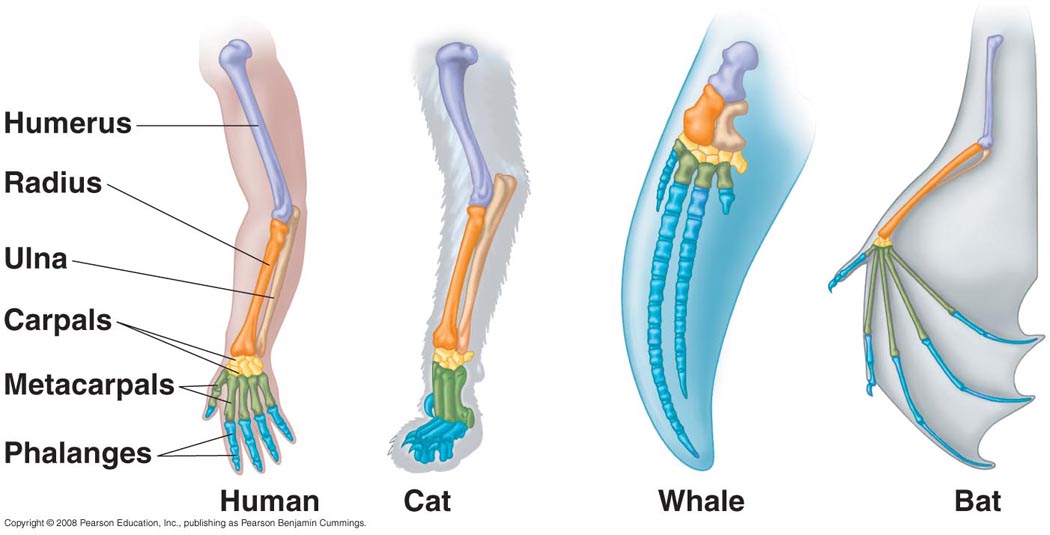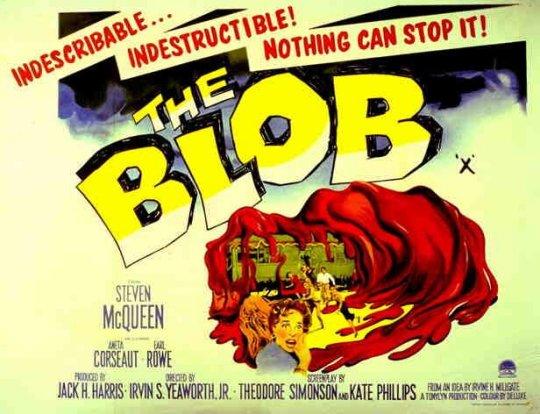So originally you said:
"The underlying genetics will differ with analogous structures, but be shared with homologous structures."
Are you amending this statement to include the possibility that the developmental pathways of homologous structures can be controlled by entirely different genes? (Also that the development of analogous structures can be controlled by homologous genes.) This seems to be a significant departure from your original claim.
More importantly, I would like to know why you appear to accept that certain genes involved in the development of homologous morphology can be changed, yet other genes involved in development can not be changed, (if that is what you're implying) If the gene doing the signaling can be swapped at some stage of "evolution", why exactly can't other genes encoding for specific morphological organization?
A homologous structure will show homologies in the genes used to create it. Now, new genes can also affect the homologous structure's formation, but that doesn't nullify the homologies in the other genes. Likewise, one gene may cease to impact the structure's formation, and that would not nullify the remaining homologies.
I did think of at least a hypothetical situation in which that could be considered incorrect though. Say we have some structure controlled by a single gene. For example, some surface protein for a bacteria, maybe a binding site. Another gene then also gets involved. Now you have two genes controlling that surface structure. As it evolves, perhaps the second gene takes over more of the function, and eventually the first gene stops actually having anything to do with that protein. Now you have a binding site, that has existed as a binding site, but is now created by an entirely different gene. Are the genes homologous? Nope. Are those two structures homologous? Harder to answer, but I'd lean towards yes.
However, I'm unaware of anything like that which actually exists.
Upvote
0





